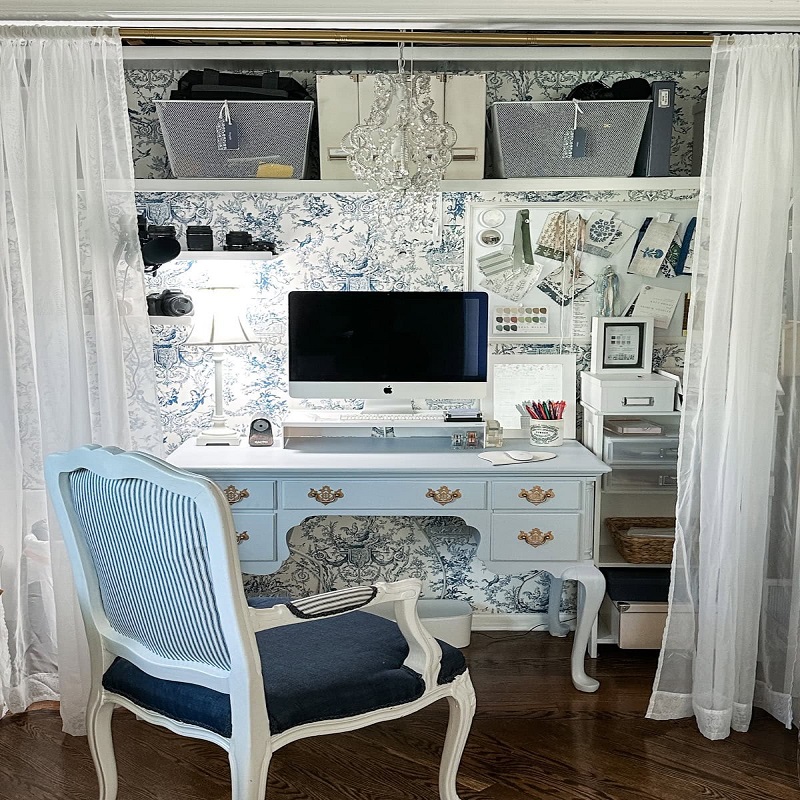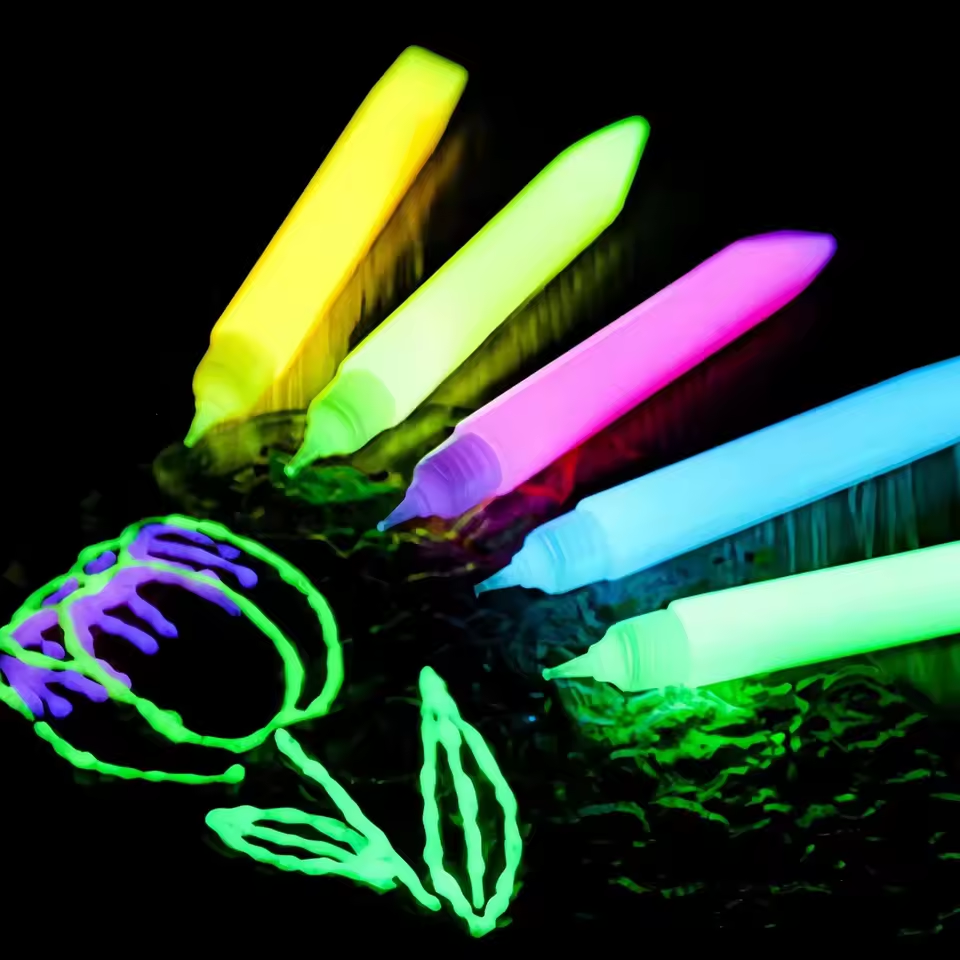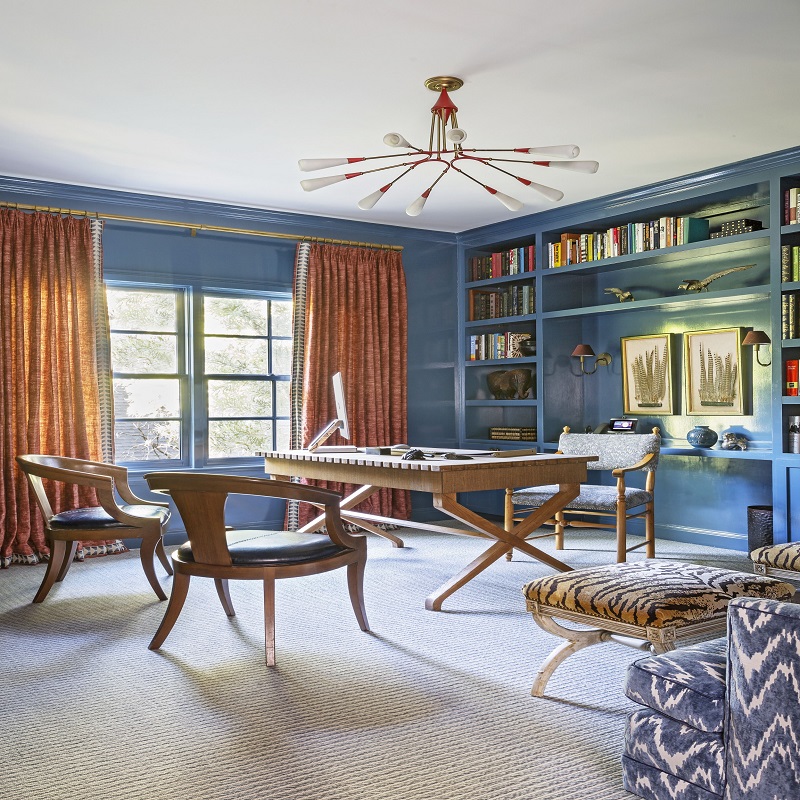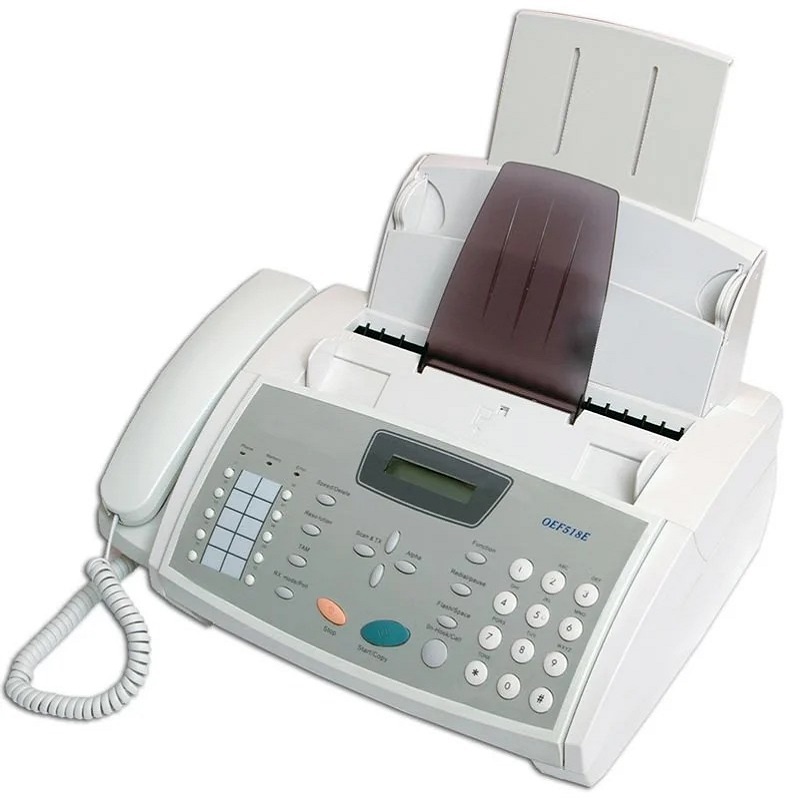Decorating an office space with a green and white color palette presents a captivating and versatile design approach that infuses the workplace with a sense of tranquility, productivity, and visual elegance. By combining elements of nature, simplicity, and sophistication, the green and white color scheme offers a refreshing and revitalizing ambiance for employees, clients, and visitors. In this comprehensive guide, we will explore the practical and aesthetic considerations for incorporating a green and white color palette in office décor, promoting a harmonious, inviting, and visually appealing environment conducive to creativity, focus, and efficient workflow.
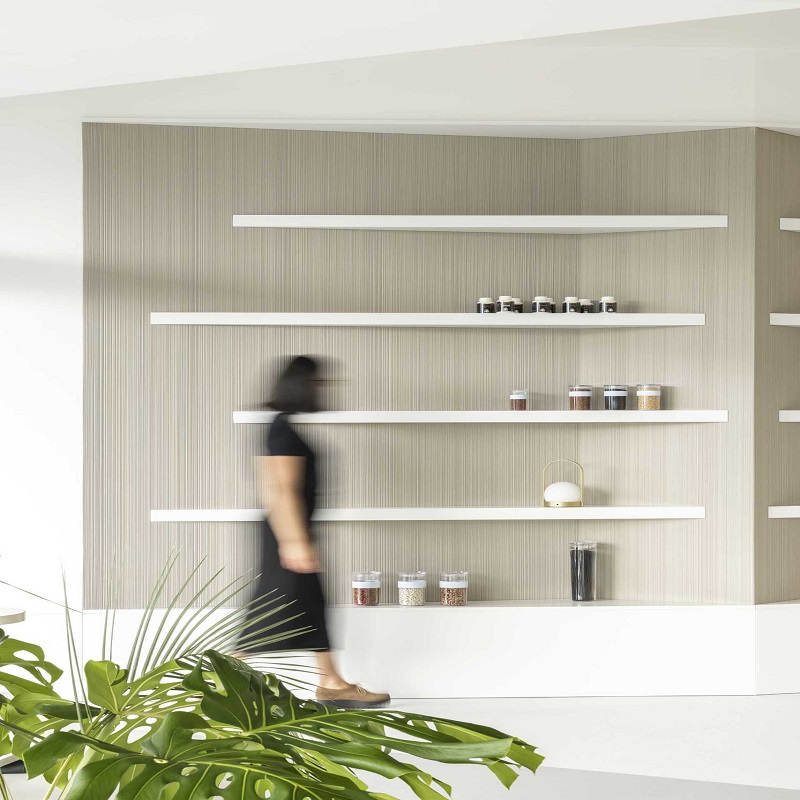
Benefits of a Green and White Color Palette in Office Design
- Calming and Serene Environment: The green and white color combination creates a calming and serene atmosphere, evoking feelings of tranquility, balance, and mental clarity, thereby promoting a relaxed and stress-free ambiance within the office space.
- Nature-Inspired Aesthetic: Incorporating green and white hues in office design evokes the tranquility and visual aesthetics of natural environments, promoting a sense of connection to nature and fostering a rejuvenating and inspirational work environment.
- Visual Contrast and Freshness: The contrast between green and white colors introduces a visually captivating interplay of light and shadow, infusing the office with a sense of spaciousness, freshness, and vibrant energy that energizes the workspace.
Incorporating Green and White Colors in Office Decor
- Wall and Surface Finishes: Apply white as the primary wall color to create an airy and open atmosphere, while introducing strategic accents of green in areas such as feature walls, alcoves, or decorative panels to infuse the space with a sense of nature and vitality.
- Furniture and Furnishings: Integrate white-toned furniture and fixtures to impart a sense of refinement, elegance, and modernity to the office space, complemented by green upholstery, accent seating, or botanical-themed décor elements that add pops of color and visual interest.
- Flooring and Coverings: Opt for white flooring finishes, such as hardwood, laminate, or vinyl, to brighten and visually expand the office space, while introducing green area rugs, carpet runners, or floor coverings to introduce subtle accents of color and pattern into the workplace.
Strategic Design Considerations
- Individual Workstations: Customize individual workspaces with neutral white surfaces, ergonomic furnishings. And subtle green accents, promoting a clean, uncluttered setting that fosters productivity, focus, and a sense of personal sanctuary within the office environment.
- Collaborative Spaces: Enhance shared work areas, meeting rooms. And communal settings with a olive green color palette, utilizing ergonomic seating, modular furnishings. And botanical accents to create inviting, collaborative environments that encourage creative exchanges and teamwork.
- Wellness and Relaxation Zones: Incorporate green and white elements into wellness areas, break zones, or relaxation spaces. Creating restful and rejuvenating retreats for employees to recharge, unwind, and reconnect with nature amidst the bustling pace of the workday.
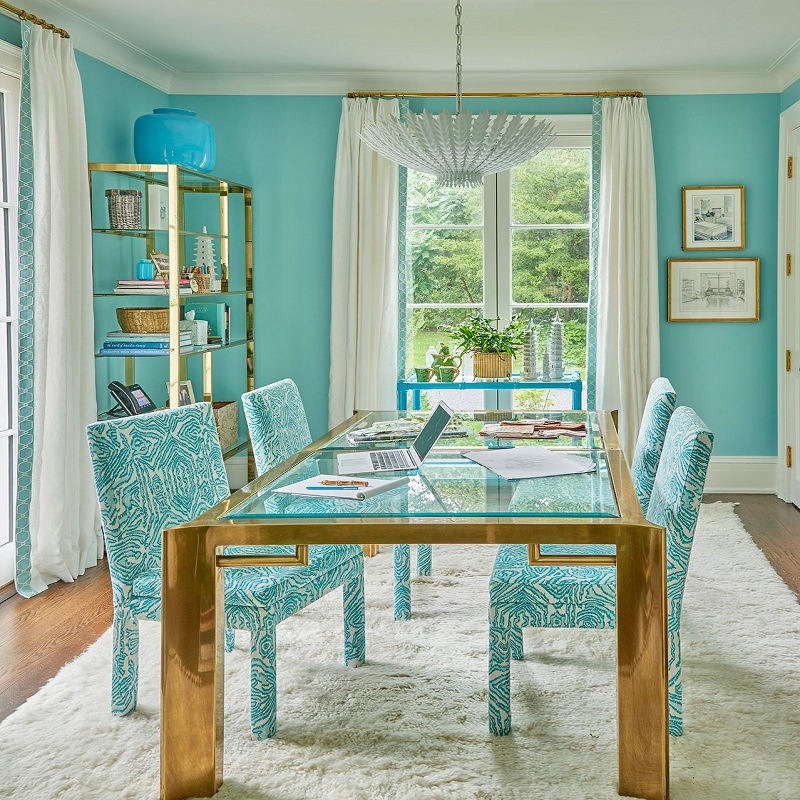
Functional Green and White Accents
- Indoor Greenery: Introduce potted plants, succulents, and foliage into the workspace to infuse the office with a touch of nature. Improving air quality, fostering a biophilic connection. And creating a harmonious and inviting ambiance within the office environment.
- Art and Decorative Accents: Display art pieces, prints, or wall décor featuring botanical and nature-inspired themes, scenic landscapes. Or abstract interpretations of green and white elements to enliven the office space with artistic expression and visual interest.
- Integrated Lighting Solutions: Implement green and white lighting fixtures, including soft white task lighting, green-hued ambient lighting. Or LED accents that illuminate the office with mood-enhancing illumination and create a balanced. Adaptable lighting environment.
Employee Engagement and Wellbeing
- Environmental Sensory Benefits: The green and gold color palette stimulates a sense of visual calm, encourages mental focus. And supports employee wellbeing by creating an environment that nurtures concentration, relaxation. And a harmonious work-life balance.
- Productivity and Focus: The integration of green and white colors fosters a sense of balance, concentration. And inspiration among employees, stimulating creativity, enhancing communication. And fostering enhanced productivity within the workplace.
- Enhanced Creativity and Innovation: The serene and natural backdrop of the green and white color scheme provides an inspirational setting. That encourages clarity of thought, inventive problem-solving, and imaginative thinking among employees.
How to use color palette
Utilizing color palettes in design involves a strategic and purposeful approach to selecting and applying colors to achieve harmonious. Visually engaging, and communicative compositions. A well-curated color palette serves as a foundational element in design. Contributing to the emotional impact, functionality, and aesthetic appeal of visual creations across various artistic and practical contexts.
Understanding Color Palettes in Design
- Defining Color Palettes: A color palette refers to a curated selection of colors, hues, tones, and shades chosen to harmoniously and effectively communicate a visual concept, evoke emotions, or serve a specific design purpose within a composition, project, or artistic creation.
- Psychological and Emotional Impact: Color palettes play a pivotal role in evoking psychological and emotional responses, influencing mood, perception, and cognitive associations through the use of colors that communicate and resonate with viewers on an instinctual and empathetic level.
- Communicative and Brand Identity: Color palettes are instrumental in establishing visual identity, branding coherence, and recognition, serving as a fundamental tool for conveying and reinforcing meanings, concepts, and principles associated with brands, organizations, and creative endeavors.
Techniques for Using Color Palettes in Design
- Color Theory Fundamentals: Familiarize with color theory principles, including color wheel relationships, chromatic harmonies, contrasts, and value scales, to effectively compose and balance color palettes that deliver visual impact, coherence, and intentionality.
- Harmonious Color Combinations: Utilize complementary, analogous, monochromatic, triadic, or tetradic color schemes to create harmonious, balanced, and stylistically cohesive palettes that enrich visual compositions and reinforce thematic narratives.
- Contextual Adaptation: Consider the environmental, cultural, and contextual factors that may influence the reception and interpretation of color palettes, adapting color selections to align with specific themes, cultural references, and diverse audience preferences.
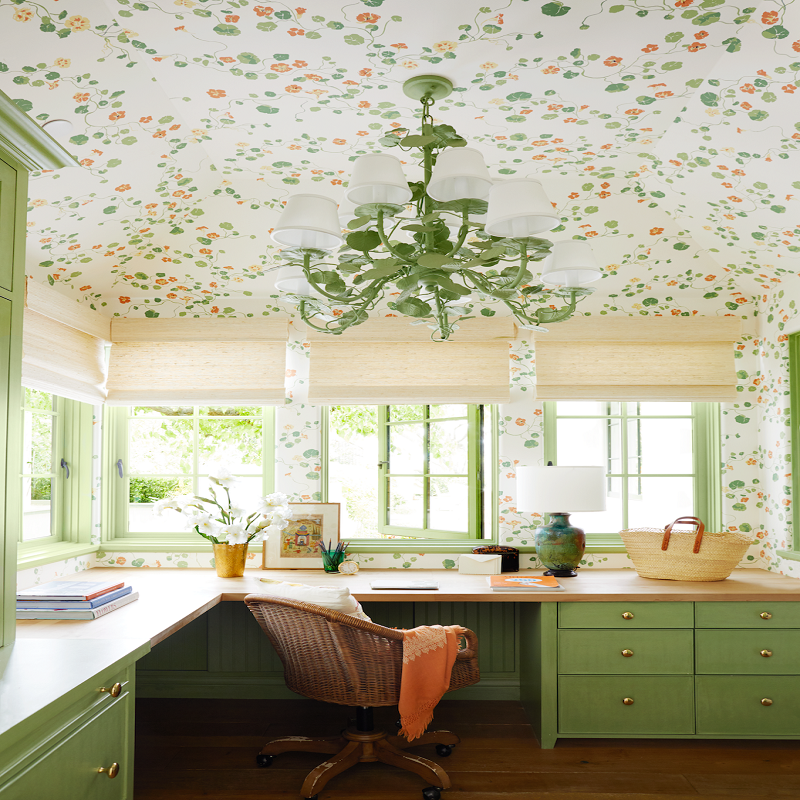
Applications of Color Palettes in Various Design Disciplines
- Graphic Design and Branding: Employ color palettes to convey brand identity, establish emotional connections. And elicit strong visual appeal in logo design, packaging, marketing materials. And digital media content, thereby creating memorable and impactful brand impressions.
- Web and Digital Design: Integrate color palettes in interface design, web development, user experience. And digital marketing, using colors to enhance usability, distinguish content. And evoke desired user actions, experiences, and emotional responses.
- Interior Design and Architecture: Apply color palettes in architectural design, interior spaces. And environmental planning to craft cohesive, harmonious. And emotionally compelling environments that shape perceptions, influence behavior, and enrich spatial experiences.
Creative Considerations and Innovation in Color Palette Use
- Cultural and Contextual Sensitivity: Exercise cultural awareness, context sensitivity, and diversity considerations when developing. And applying color palettes, ensuring that color choices respect and resonate with the cultural. And environmental contexts of the intended audience or project setting.
- Emotional and Storytelling Impact: Embrace the emotive and narrative potential of color palettes to communicate stories. Evoke atmospheres, and convey messages, ultimately creating immersive, engaging, and evocative visual experiences for viewers and participants.
- Experimentation and Inventiveness: Encourage experimentation, creativity. And innovative approaches to color palette application, embracing unconventional, bold. And expressive combinations that challenge conventions and elicit emotional, cognitive, and aesthetic responses.
Conclusion
In conclusion, designing an office space with a green and white color palette presents an opportunity to create a harmonious, balanced. And visually appealing environment that fosters productivity, creativity, and employee wellbeing. Through the infusion of nature-inspired hues, serene design elements, and functional considerations. The green and white color palette contributes to a rejuvenating, sophisticated, and welcoming office atmosphere, embodying an ideal blend of tranquility, elegance. Snd aesthetic refinement conducive to the demands of the contemporary workplace. By incorporating a green and white color palette, office designers. And employers can create an inviting and energizing workplace environment that promotes a sense of balance, creativity. And wellbeing, thereby enhancing the overall experience and satisfaction of employees and visitors.
